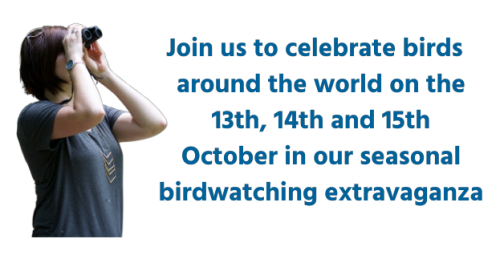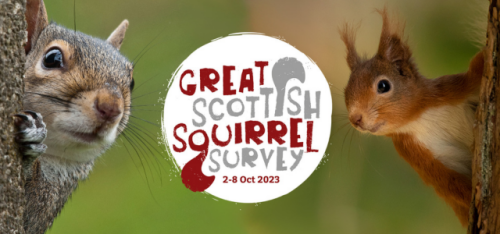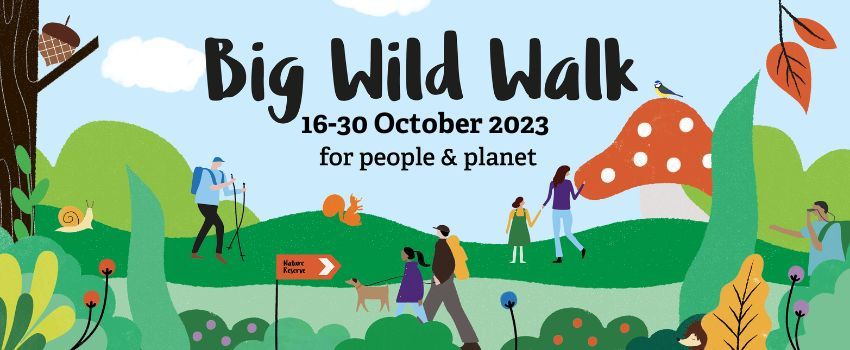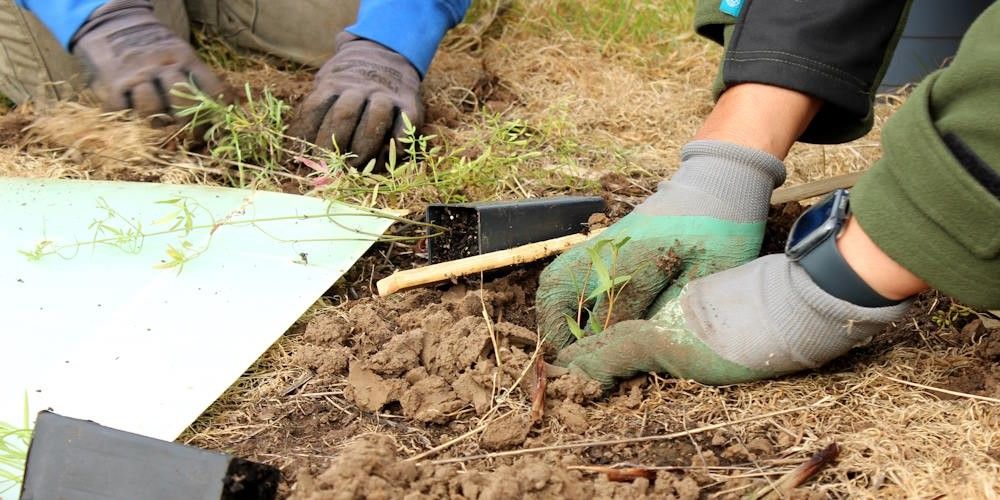It's Global Birding Weekend on 13, 14 and 15 October 2023
Posted on
It’s Global Bird Weekend on the 13th, 14th and 15th October!
BirdLife International are joining forces with Global Birding and eBird for Global Bird Weekend – it an annual celebration of birds.
This is a wonderful opportunity to find out about global highways for birds – migration routes called flyways take billions of birds across deserts, mountains and oceans as they migrate.
There are these flyways:
- African-Eurasian flyways links Africa, Europe and Asia
- The Central Asia flyway is used by over 600 migratory bird species
- The East Asian-Australiasian Flyway crosses 37 countries, from Alaska to Southeast Asia, Australia and New Zealand
- The Americas Flyway has three migratory routes crossing 35 countries, from Southern Argentina to the Arctic Circle in the North
That’s a lot of flapping!
So take a moment this weekend to wonder: where are the birds you see in the sky flying? Why are they heading in that direction? BirdLife have a map to help you see where your flyway goes!
BirdLife International says...

Image copyright BirdLife International
And this is a great chance to help birds all over the world by being a citizen scientist and collect vital data about the birds around you. However many birds you count, from your garden to a nature reserve, this is a great chance to get involved. Report your sightings and what you hear on eBird – help scientists acquire a better insight into global bird populations.
“Flock together so birds can soar together.”


